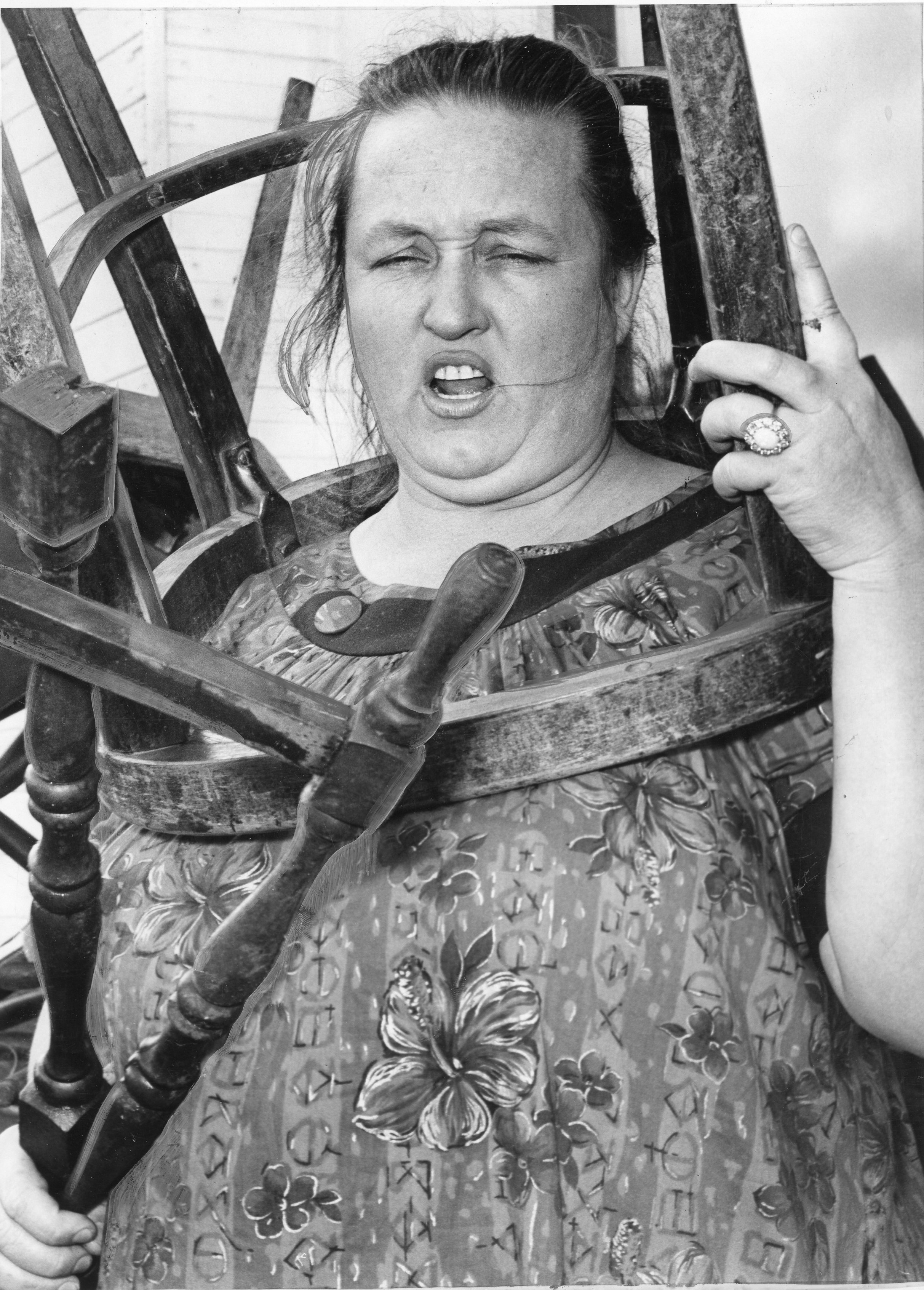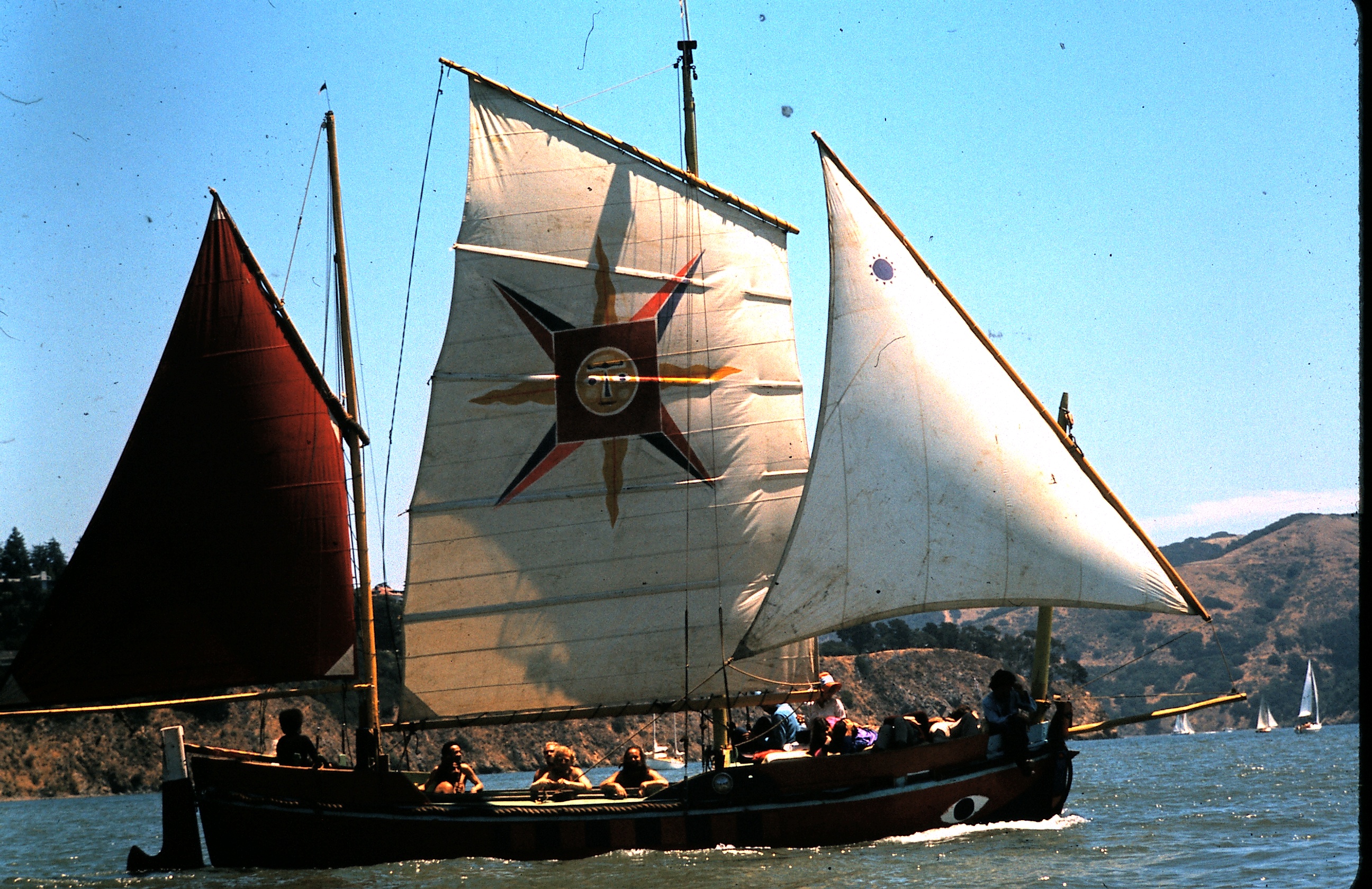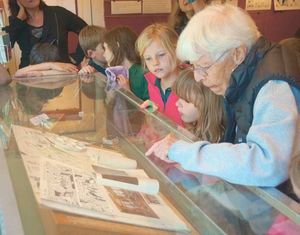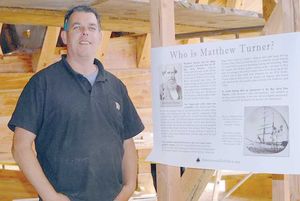On the Lam on the Docks
 Thursday, July 16, 2015 at 06:42PM
Thursday, July 16, 2015 at 06:42PM By Larry Clinton
The Sausalito waterfront has provided refuge for many nefarious characters, including 1960s radical Bernardine Dohrn.
As a member of the Weather Underground, Dohrn helped create a "Declaration of a State of War" against the United States government, and was placed on the FBI's 10 Most Wanted list. The group derived its name from Bob Dylan’s lyric: “You don’t need a weatherman to know which way the wind blows.”
On October 31, 1969, a grand jury indicted 22 people, including Dohrn, for their involvement with the trial of the Chicago Eight. She was indicted again in 1970, along with twelve other Weathermen, on conspiracy charges in violation of anti-riot acts. In the film “Weather Underground,”Academy Award nominee for Best Documentary in 2002, Dohrn reveals that back in 1970, she and Ayers sought refuge in Sausalito’s nascent houseboat community. “I knew we were going underground but of course I didn’t know how precipitously it would happen,” Dorhn recalls. “My parents weren’t political… they didn’t have any way in which to put that into a framework. But I took a last trip to visit them, and I didn’t want to scare them more than they were already, but I did want them to think back and remember what I said, that I didn’t want to hurt them and that I loved them. So I have a vivid memory of saying goodbye to them at the airport, and of walking away and turning around and looking at them waving at me, and knowing that I wasn’t going to see them again.”
In the 2002 film, while strolling on Issaquah Dock, Dorhn says, “We’re in Sausalito, at the houseboats, right across the Golden Gate Bridge from San Francisco, and we lived here when we first went underground. They were really looking for us. There were pictures everywhere, and rewards everywhere, and indictments falling from the sky.” Looking around at the Issaquah Dock homes, she notes: “It was much less built up than this.”
The filmmakers then show archival houseboat footage, including shots of the iconic Owl and Madonna structures, while Dorhn continues: “For us it was perfect. There were dropouts from all walks of life – gay people fleeing Iowa, people fleeing the Midwest and the draft. So there was a lot of outlaw culture.”
Following a decade in which Dorhn and Ayers moved around anonymously, Dohrn gave herself up in 1980. She recalls: “We had a new baby and we immersed ourselves in a whole new life with parents and children, and moved to the East Coast, and sort of started over. The baby was getting old enough that it was obviously getting complicated. To never have anybody know where we lived and never have anyone come over to our house. So I made that decision in the summer of ’80, and once I made the decision – finally – it was just a matter of holding my nose and going through with the surrender.”
While some charges against her were dropped due to prosecutorial misconduct, Dohrn pled guilty to charges of aggravated battery and bail jumping, for which she was put on probation. After refusing to testify against another ex-Weatherman, she served less than a year in jail.
At the time the film was made, Bill Ayers and Bernardine Dohrn were still married and living in Chicago. Ayers became an author and Northwestern University professor, while Dorhn was a Clinical Associate Professor of Law at the Children and Family Justice Center at Northwestern University School of Law.
Bernardine Dohrn on Issaquah Dock, three decades after going on the lam here.
Image from the film, “Weather Underground.”




